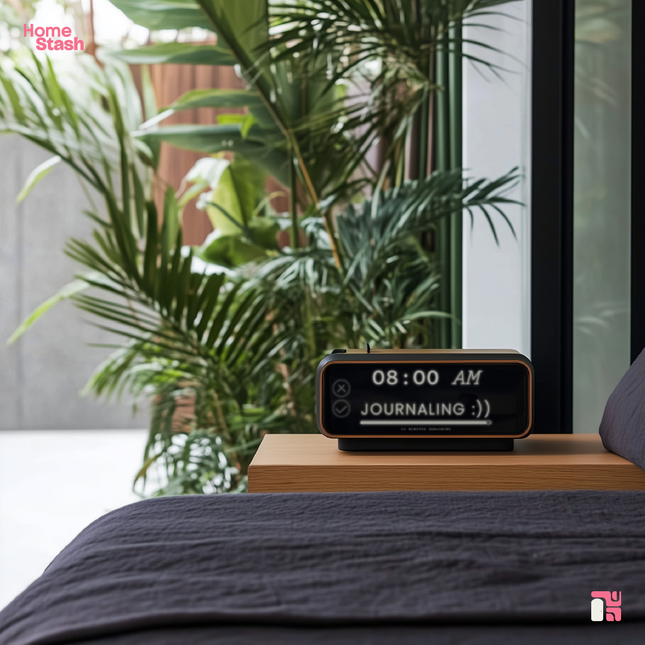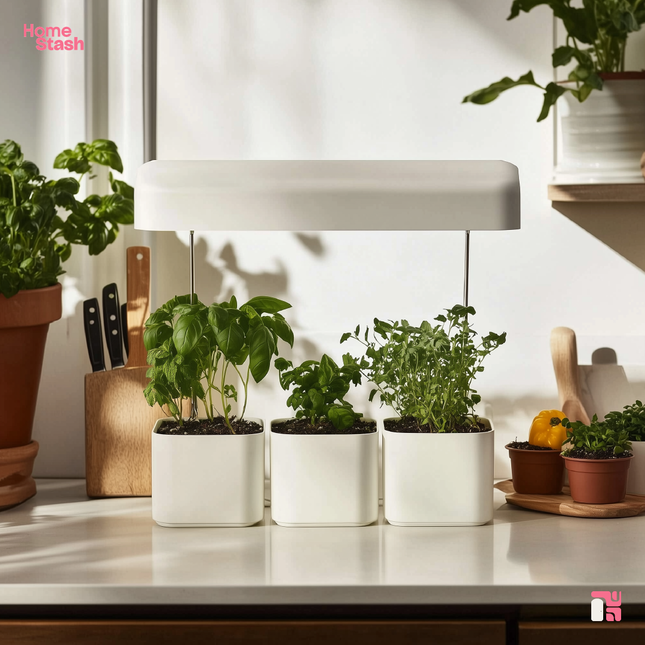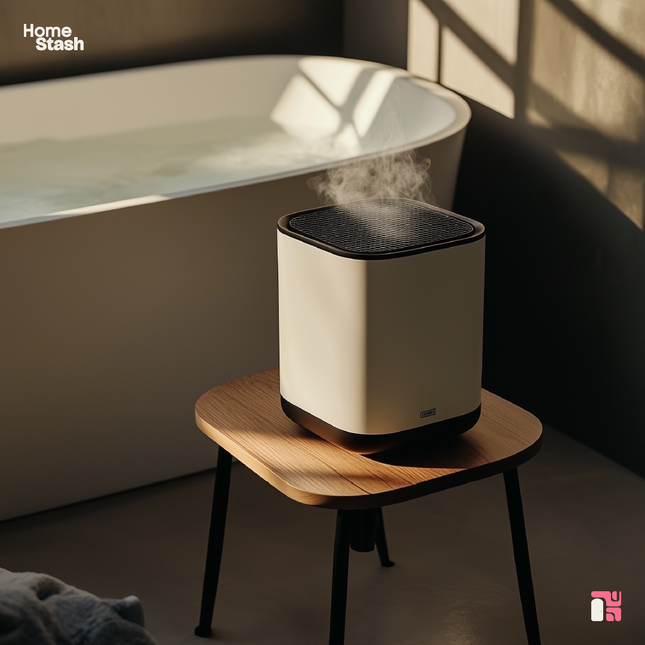

Minimalist Living: Finding Freedom in Less
In our fast-paced, consumer-driven world, the concept of minimalist living offers a refreshing counterpoint. It’s a philosophy that’s rapidly gaining popularity in 2025, evolving from a fleeting trend to a deeply rooted lifestyle choice for many seeking a more intentional and fulfilling existence. This comprehensive guide delves into the core principles of minimalist living, providing practical examples, actionable strategies, and insightful perspectives on how reducing excess can lead to a richer, more meaningful life. We will explore what minimalist living truly means, examine various minimalist living examples, and provide actionable decluttering tips and home organization strategies to help you embark on your minimalist journey.
What is Minimalist Living? A Deeper Dive into Intentional Living
Minimalist living is often mistakenly perceived as simply discarding possessions or living in a stark, empty space. While decluttering plays a vital role, the core of minimalism lies in intentionality. It’s a conscious choice to own only what adds value to your life – items that serve a purpose, evoke cherished memories, or contribute to personal growth and experiences. It's about creating space—both physically and mentally—allowing for increased focus, enhanced creativity, and a deeper connection with what truly matters.
The minimalist philosophy extends beyond material possessions; it encourages mindful consumption, intentional experiences, and a re-evaluation of priorities. It’s about questioning the societal pressure to accumulate possessions and instead valuing experiences, relationships, and personal growth. This shift in perspective often leads to a more sustainable and eco-conscious lifestyle, reducing the environmental impact of excessive consumption.
The Transformative Benefits of a Minimalist Lifestyle
Embracing minimalism offers a multitude of benefits that extend far beyond a tidy home. These advantages positively impact various aspects of well-being, promoting greater peace, clarity, and fulfillment:
- Reduced Stress and Anxiety: A clutter-free environment creates a sense of calm, reducing the mental burden associated with managing excessive belongings. This contributes to lower stress levels and improved mental well-being.
- Increased Financial Freedom: Minimalism encourages mindful spending, curbing impulsive purchases and freeing up financial resources for experiences, investments, or simply saving for the future. This financial clarity reduces stress and fosters a sense of security.
- Enhanced Creativity and Focus: A simplified environment promotes a sense of calm and focus, allowing for greater concentration on creative pursuits, personal goals, and meaningful projects. Minimalism clears mental clutter, enhancing creativity and productivity.
- Improved Time Management: Less time spent cleaning, organizing, and managing possessions frees up valuable time for activities you truly enjoy, whether it’s pursuing hobbies, spending time with loved ones, or simply relaxing.
- Greater Self-Awareness: The process of decluttering and curating possessions encourages introspection, leading to a deeper understanding of your values, priorities, and what truly brings you joy. This self-awareness contributes to a more authentic and fulfilling life.
- Improved Physical Health: A tidy, organized home can contribute to better physical health by reducing allergens, improving air quality, and encouraging more physical activity (like cleaning and organizing). This overall improved environment reduces the risk of stress-related illnesses.
- Environmental Sustainability: Minimalist living often translates to reduced consumption, less waste, and a smaller environmental footprint, promoting sustainability and contributing to a healthier planet. This aligns with a growing movement toward more mindful and responsible consumption.

Practical Minimalist Living Examples: Decluttering Your Space Step-by-Step
Embarking on a minimalist journey doesn't require drastic overnight changes; it's a gradual process of conscious curation. Start with these actionable steps, tailoring them to your specific circumstances and preferences:
Decluttering Your Home: Actionable Strategies
- The 20/20 Rule: If an item can be replaced for under $20 within 20 minutes, consider letting it go. This rule helps you identify items that aren’t worth the time, energy, or space they occupy.
- One In, One Out: For every new item you acquire, remove a similar item. This simple rule prevents the accumulation of unnecessary possessions.
- The 30-Day Rule: Place items you're unsure about in a box for 30 days. If you haven't used it within that time, donate or discard it. This method helps you identify items that are truly unnecessary.
- The Four-Box Method: Use four boxes labeled 'Keep,' 'Donate,' 'Sell,' and 'Trash' to categorize your belongings. This systematic approach simplifies the decluttering process.
- The KonMari Method: This popular method focuses on keeping only items that “spark joy.” It encourages you to hold each item and assess its emotional connection to you.
Minimalist Living Examples in Specific Areas:
- Wardrobe: Keep only clothes you love, wear regularly, and that fit well. Donate or sell the rest. Consider a capsule wardrobe for simplified style and efficient space management.
- Kitchen: Identify frequently used kitchen gadgets and donate or sell duplicates or rarely used items. Focus on versatile tools that serve multiple purposes.
- Bathroom: Eliminate expired toiletries and cosmetics, and keep only essential items. A minimalist bathroom is clean, efficient, and easy to maintain.
- Bookshelves: Donate or sell books you've already read or don’t plan on rereading. Consider digital books or borrowing from the library to save space.
- Living Room: Focus on furniture that serves a purpose and creates a calming and functional space. Eliminate excess decorative items or those that don’t bring you joy.
- Bedrooms: Keep only essential furniture, creating a restful and peaceful space conducive to sleep. Minimize clutter on nightstands and dressers.
Optimizing Your Space: Home Organization and Storage Solutions for Minimalist Living
Effective home organization is paramount in minimalist living. A well-organized space contributes significantly to a sense of calm, control, and peace of mind. Consider these strategies to maximize your space and maintain a clutter-free environment:
- Space-Saving Furniture: Invest in multifunctional furniture such as ottomans with storage, sofa beds, or wall-mounted tables. Choose furniture that serves multiple purposes and maximizes vertical space.
- Vertical Storage: Utilize vertical space with shelves, wall-mounted organizers, and tall storage units. This is especially beneficial in smaller homes or apartments.
- Smart Storage Solutions: Employ under-bed storage, drawer dividers, stackable containers, and vacuum-sealed bags to maximize space and organization. Use clear containers so you can easily see the contents.
- Organizing Gadgets: Drawer organizers, spice racks, shoe racks, and hanging organizers can significantly enhance storage efficiency and reduce visual clutter.
- Home Storage Ideas: Utilize wall space for hanging organizers, floating shelves, and decorative baskets. Creative storage solutions can enhance both organization and aesthetics.
- Label Everything: Clearly labeling storage containers ensures that you can easily find items and maintain organization. This is especially helpful for items stored out of sight.
Decluttering Tips and Techniques for a Clutter-Free Living
Maintaining a clutter-free home is an ongoing process that requires consistent effort and mindful choices. These practical tips can help you stay on track:
- Regular Purging: Schedule regular decluttering sessions (monthly or quarterly) to prevent clutter from accumulating. This proactive approach makes decluttering less overwhelming.
- Digital Decluttering: Organize your computer files, delete unnecessary emails, and unsubscribe from unwanted subscriptions. Digital clutter can be just as overwhelming as physical clutter.
- Mindful Consumption: Before making a purchase, ask yourself if you truly need the item and if it aligns with your minimalist goals. Consider the long-term value and avoid impulse purchases.
- Repair and Repurpose: Before discarding items, consider repairing them or repurposing them for another use. This reduces waste and extends the life of your belongings.
- The One-Year Rule: If you haven’t used an item in a year, consider donating or selling it unless it has sentimental value or serves a specific purpose.
- Donation and Recycling: Establish a system for donating unwanted items to charity or recycling them properly. This reduces waste and supports sustainable practices.
Seeking Professional Help: Home Decluttering Services and DIY Solutions
For those feeling overwhelmed by the prospect of decluttering, professional home decluttering services offer valuable assistance. These services provide expert guidance, support, and practical strategies for organizing and simplifying your living spaces. They can be particularly helpful for individuals with busy schedules or those struggling with decision-making.
Alternatively, many individuals find success with DIY home organization, utilizing online resources, books, and their own creativity to design efficient and aesthetically pleasing storage solutions. A combination of professional guidance and DIY solutions can also prove effective. The best approach depends on your preferences, budget, and available time.
Embracing the Journey of Minimalist Living: A Path to a More Meaningful Life
Minimalist living is not a destination but a continuous journey of self-discovery and intentional living. It’s not about deprivation but about creating a life rich in experiences, meaningful relationships, and personal growth. By embracing the principles outlined in this guide, you can create a clutter-free environment that fosters peace, tranquility, and a deeper appreciation for what truly matters in your life. Remember, it’s a process; celebrate your small victories, embrace the challenges, and enjoy the transformative power of a more intentional and fulfilling life.
Who are we at HomeStash?
Just a few words to close this article off. We’re committed to helping people. We’re not self improvement gurus, but we believe in clear space for a clear mind. Either you’re getting into decluttering, organizing or you’re a confirmed clean freak, we curate and design products to help you on this journey. We are committed to quality, and above all, committed to our community, feedback and improving ourselves too. If this resonates wih you, check out our catalogue and see if there’s anything you like! 🙂
With care,
The HomeStash team
Our latest arrival
Ultimate Makeup Station Makeover
Ultimate Makeup Station Makeover
€18,95€25,95Incl. VAT
Spin Your Vanity Into Perfection! Meet the Rotating Makeup Brush Organizer, your new best friend for effortless beauty routines. With... Read more Read more
Dimensions
15cm (diameter) × 12.5cm (height) | 5.9in × 4.9in
Materials
High-quality, durable plastic with elegant gold-tone feet
The Struggle
Our Solutions
Usage and care instructions
Tips & Tricks
-
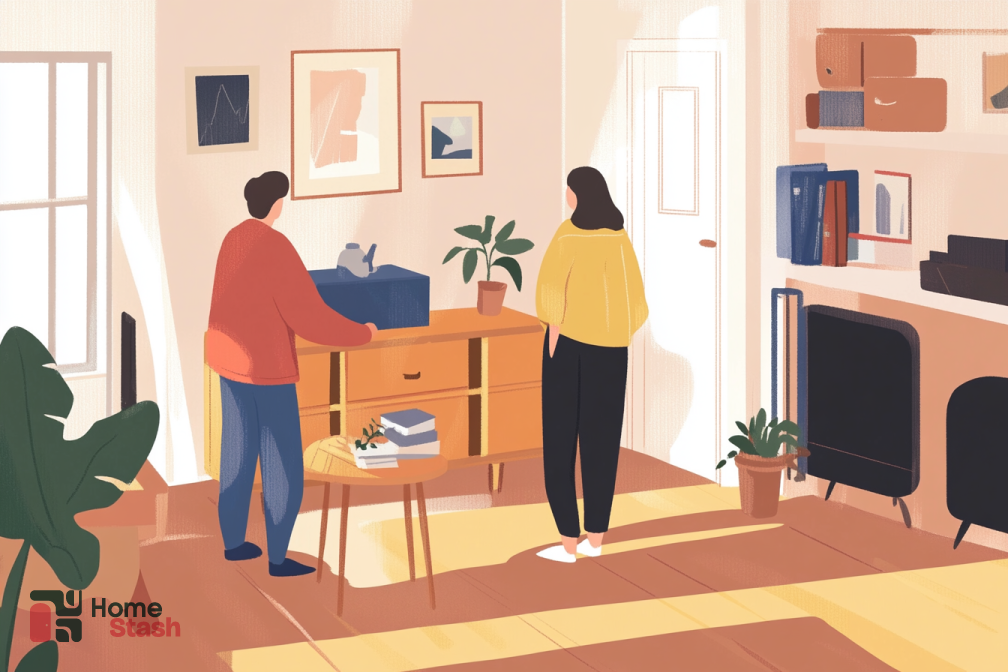
Should You Hire a Professional Home Organizer?
In today's fast-paced world, maintaining a clean and organized home can feel like a monumental task. But we're here to help!
-
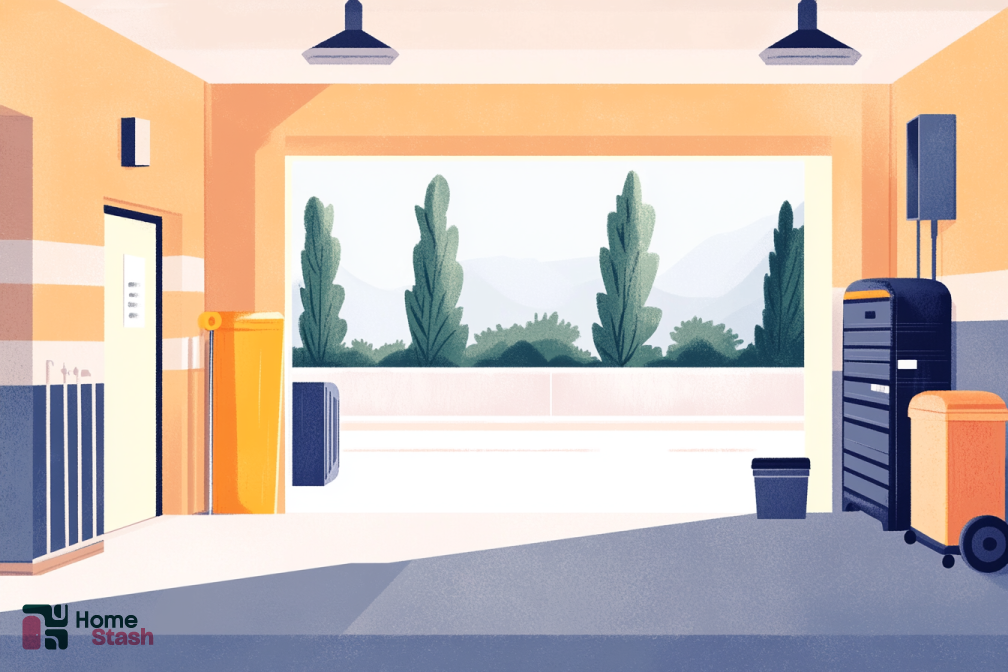
The Best Garage Storage Solutions for a Clutter-Free Workspace
Discover the ultimate guide to garage storage solutions! Learn decluttering tips and minimalist strategies for long-term organization.
-
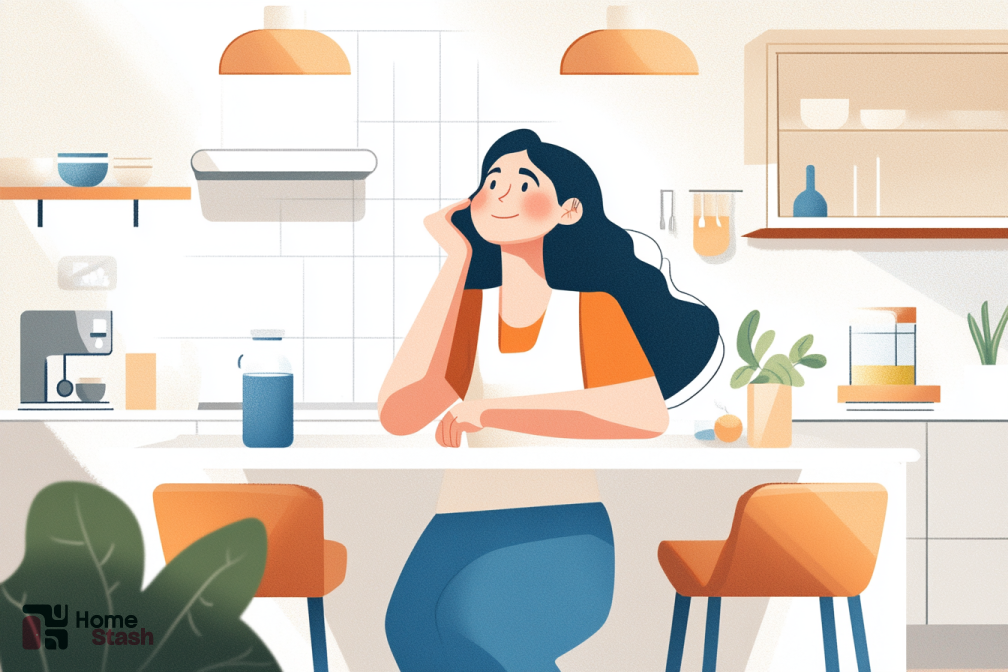
10 Surprising Uses for Everyday Items: Achieving a Clutter-Free Sanctuary
Transform your cluttered space into a serene sanctuary with creative DIY hacks, minimalism tips, and clever storage solutions—all using items you a...
Find your next helper
Some of our latest creations
What we stand for
The core values that hold HomeStash together.
Innovation
We're all about imagining organization tools based on your feedback and practical use case scenarios.
Low impact
We support a lean e-commerce practice, and only release limited quantities of every product.
Mental Health
We strive to bring awereness around the subjects of organizing and decluttering. We believe they're the first steps into any self help journey














